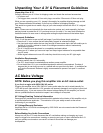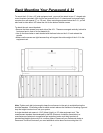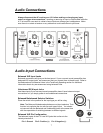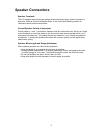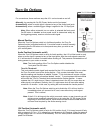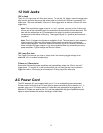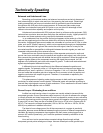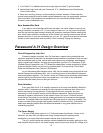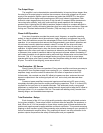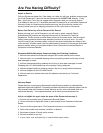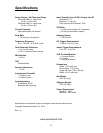
17
Total Protection - Current Overload
Specialized current-sensing transistors are connected to the output stages of the A 31
to constantly monitor the current flow through the output transistors. If the current drawn by
this stage exceeds a predetermined safe level due to a load impedance below 1 ohm or a
short circuit at the speaker terminals, the output relay will open immediately to prevent any of
the output transistors or other parts from failing.
Total Protection - Fuses
Each channel of the amplifier has a separate fuse for its positive and negative DC
voltage rails. These fuses provide backup protection in case the over-current protection does
not work in time, or if an internal part fails. In the event of a part failure, these fuses halt
operation to minimize damage to additional parts.
Problems and Remedies
Unit will not turn on
• Check the setting of the Turn On Options switch. (The front panel On-Off button
will be disabled if the switch is set to Audio or 12V)
• If using Audio Turn on, try increasing the sensitivity of the audio trigger by
turning the audio threshold knob to the “Quieter” position.
• Check that the AC power is live.
No sound from speakers
• Check that input cables and speaker wires are secure at both ends.
• Make sure the surround preamp is switched to the correct input.
• Is the Hi-Temp light illuminated? All three blue channel indicators should be
illuminated. Check for excessive temperature, short-circuited speaker wires,
low impedance speaker load, and inadequate ventilation.
Background Hum or Hiss
• Move audio cables and AC cords away from each other.
• Try different routes for the audio cables and AC cords.
• Make sure insulating shoulder washers are used if unit is rack mounted.
• If you have cable or satellite TV, try disconnecting the incoming TV or satellite
cable; if hum is eliminated you will need a Cable TV Ground Isolator or contact
your TV service provider for assistance.
• Try turning down the input gain controls
Overheating
• Remove any nearby external sources of heat such other audio equipment or
heaters.
• Increase ventilation around the A 31.
• Check speakers for faults



